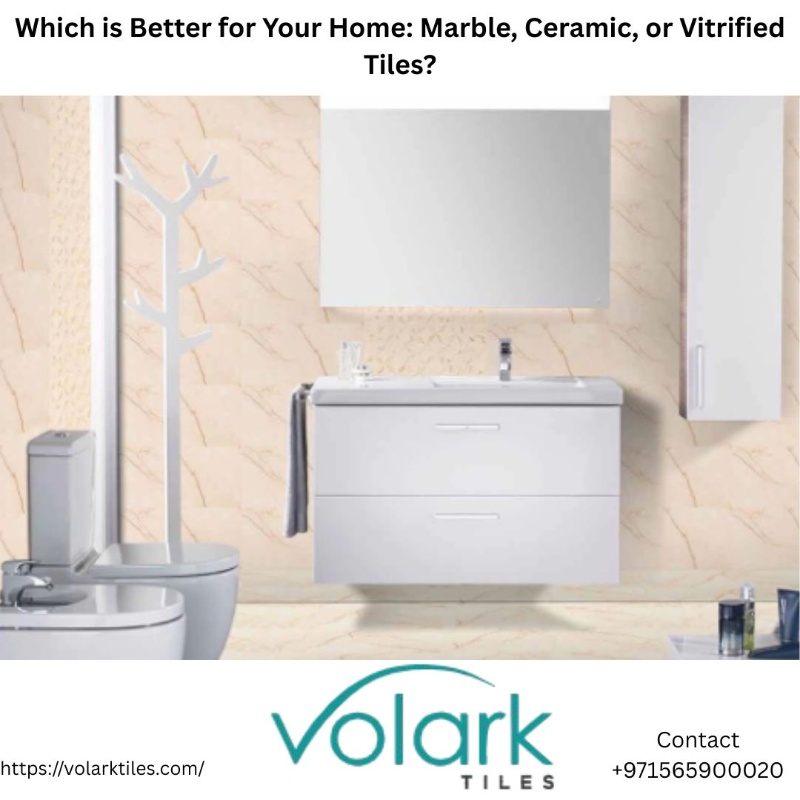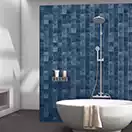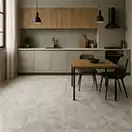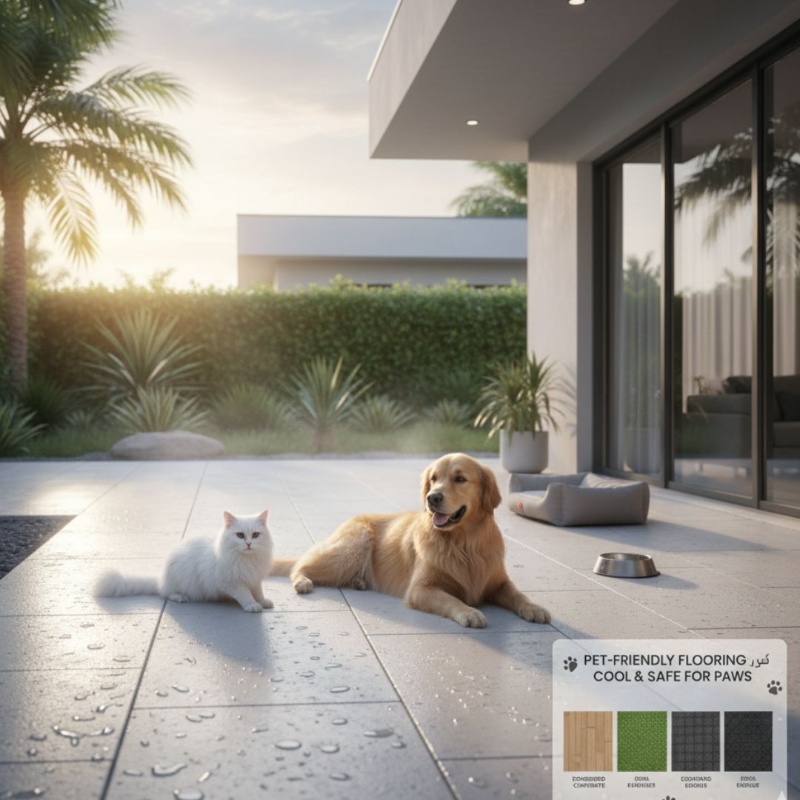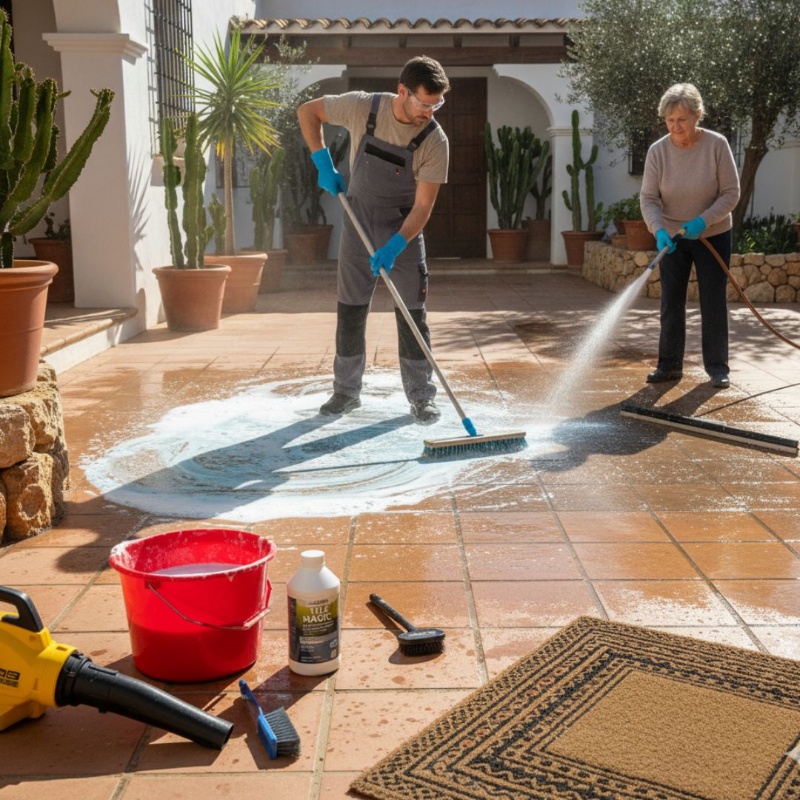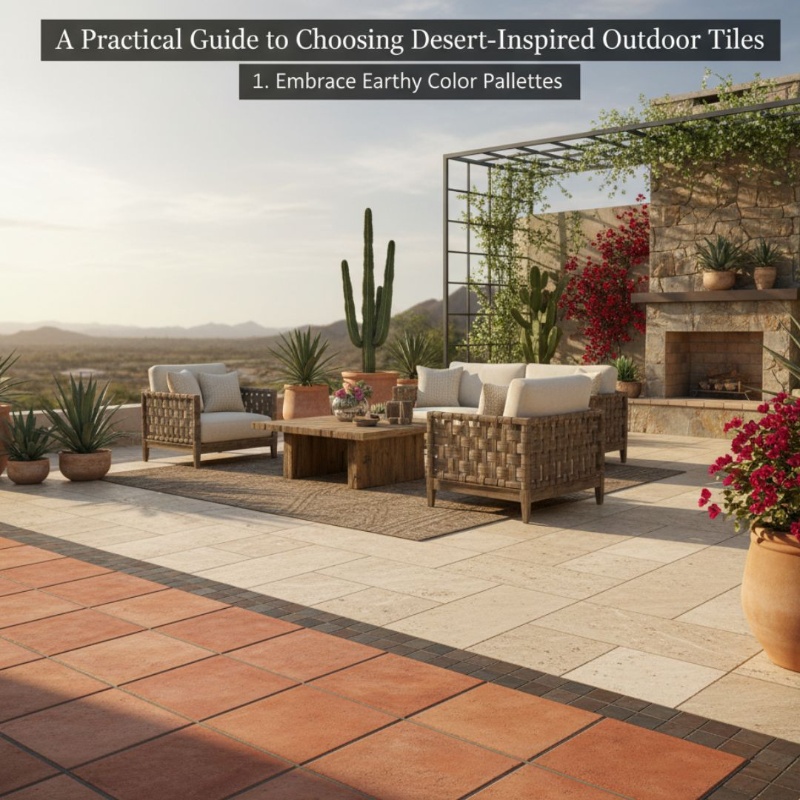Which is Better for Your Home: Marble, Ceramic, or Vitrified Tiles?
Are you aware that according to housing market studies, flooring changes can increase resale value by approximately 10%? The flooring you use in your home isn't only about looks; it is also related to long-term value, upkeep, and sustainability.
An increased interest in new homes brings up the heated trend of marble vs ceramic tiles vs vitrified tiles for homes in a modern context. In this guide, we will narrow down each option by discussing the pros, cons, and real-life uses so you can make an informed decision about which will work for you in your normal lifestyle
Table of Contents
| S.No | Content |
| 1 | What Are the Key Differences Between Marble, Ceramic, and Vitrified Tiles? |
| 2 | Which Flooring Offers the Best Durability? |
| 3 | How Does Maintenance Compare: Tiles vs Marble? |
| 4 | What About Costs and Long-Term Value? |
| 5 | Which Looks More Stylish in Modern Homes? |
| 6 | Quick Stats: Tile & Marble Flooring Trends in 2025 |
| 7 | Key Takeaways |
| 8 | FAQ |
The Big Question: Which Tile Wins?
Choosing the right flooring can feel overwhelming, the charm of natural stone flooring such as marble? Or affordability and versatility in design with ceramic tile? Maybe you are interested in vitrified tiles, a modern product, designed for strength and easy care.
Each material comes with its own strengths, durability of marble, maintenance of tiles vs marble, or the polished finish of vitrified surfaces. With rising interest in sustainable and cost-effective design solutions, homeowners are carefully weighing these options in 2025.
Let’s review the differences, compare their durability and cost, note the design possibilities, and see what the experts suggest. By the end, you will have an answer to better for your home, marble, ceramic or vitrified tiles.
What Are the Key Differences Between Marble, Ceramic, and Vitrified Tiles?
- Marble is a natural stone flooring option known for luxury and timeless appeal. Each slab is unique, giving spaces an authentic, high-end look.
- Ceramic tiles are man-made, crafted from clay, and available in countless designs, colors, and finishes. They’re versatile and budget-friendly.
- Vitrified tiles are made by fusing silica and clay at high temperatures, creating a highly durable, glossy surface. These tiles are non-porous and often considered an excellent marble alternative for busy households.
Think of marble as art, ceramic as flexible fashion, and vitrified as the modern blend of strength and style.
Which Flooring Offers the Best Durability?
Durability is often the first deciding factor for homeowners.
- Durability of Marble: Marble can last for decades but is prone to scratches and stains. It’s strong but requires care.
- Ceramic Tiles: Fairly durable for light-to-moderate use, but they may chip or crack under heavy pressure.
- Vitrified Tiles: Extremely durable, scratch-resistant, and less porous, making them ideal for high-traffic areas like kitchens and hallways.
For families with kids or pets, vitrified tiles usually win the durability battle. But if luxury is your goal, marble still shines.
How Does Maintenance Compare: Tiles vs Marble?
Here’s where maintenance of tiles vs marble becomes the defining factor.
- Marble needs sealing and polishing regularly to maintain its shine. Acidic spills (like lemon juice) can cause permanent stains.
- Ceramic Tiles are relatively low-maintenance, just regular mopping. However, grout lines need occasional cleaning.
- Vitrified Tiles require very little upkeep thanks to their non-porous nature. A simple mop is enough.
If you want a flooring option that doesn’t demand much attention, vitrified tiles are your best bet.
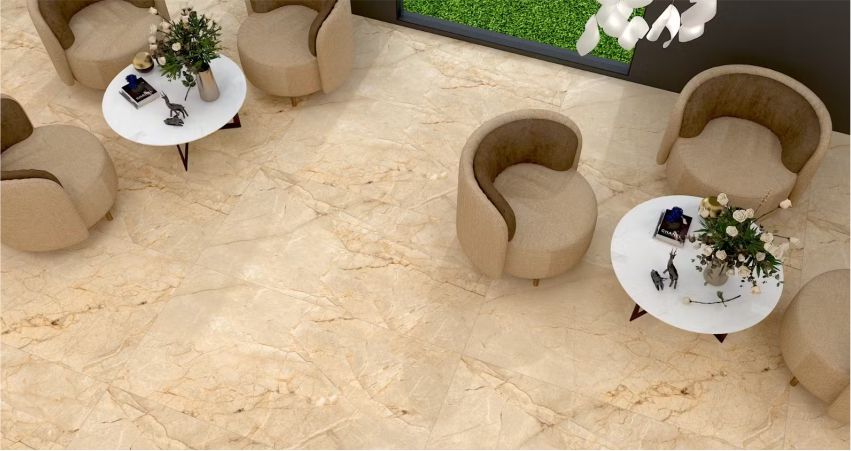
What About Costs and Long-Term Value?
- Marble: Expensive upfront, with additional maintenance costs. It increases property value significantly but requires investment.
- Ceramic Tiles: Budget-friendly, making them a go-to choice for first-time homeowners.
- Vitrified Tiles: Mid-range pricing but long-term cost savings due to minimal upkeep.
According to a popular government research, flooring choices also impact energy efficiency. For example, tiles can help keep homes cooler in warm climates, reducing air-conditioning costs.
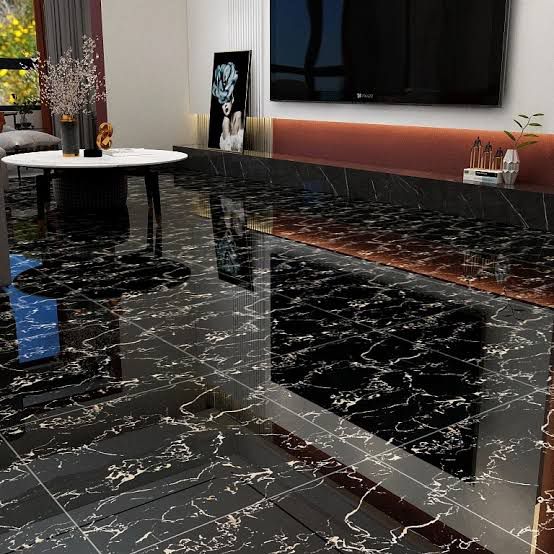
When evaluating cost, think beyond purchase price. Factor in lifespan, maintenance, and resale value.
Which Looks More Stylish in Modern Homes?
Style is subjective, but trends in 2025 show a few clear favorites.
- Marble continues to be a luxury choice for bathrooms, foyers, and living rooms. It adds timeless elegance.
- Ceramic Tiles offer the most variety. From wood-look finishes to geometric patterns, ceramic adapts to any design vision.
- Vitrified Tiles excel in creating sleek, modern aesthetics, often with a glossy marble finish look that rivals natural stone.
A demand for natural stone like marble remains strong, but engineered alternatives such as vitrified tiles are growing rapidly due to sustainability concerns.
2025 Quick Stats: Flooring Choices at a Glance
|
Flooring Type |
Avg. Lifespan |
Maintenance Level |
Cost per Sq. Ft. (USD) |
Best For |
| Marble |
25–50 years |
High |
$10–$20 |
Luxury homes, timeless appeal |
| Ceramic Tiles |
10–20 years |
Moderate |
$3–$8 |
Budget-friendly, design variety |
| Vitrified Tiles |
20–30 years |
Low |
$5–$12 |
High-traffic, modern homes |
Key Takeaways
- Marble vs Ceramic Tiles: Marble offers luxury; ceramic is versatile and affordable.
- Marble vs Vitrified Tiles: Marble provides authenticity, while vitrified ensures durability and easy upkeep.
- Tiles vs Marble Maintenance: Tiles (especially vitrified) require far less effort than marble.
- Natural Stone Flooring like marble increases property value but demands investment.
FAQs
1: Which option is best for high traffic areas - marble, ceramic or vitrified tiles?
Vitrified tiles will provide you with the most durability and scratch resistance, making them the best for high traffic.
2: Do marble floors increase home value?
Yes, marble is a luxury product that adds resale value; however, it will typically have a higher material and maintenance cost.
3: Which option is the most cost effective over a long period of time?
Vitrified tiles will have the best cost, durability and maintenance combination.
4: Are ceramic tiles outdated in 2025?
Not at all. Ceramic tiles are modern and stylish with new designs and finishes. They also remain budget friendly.
5: Can marble and tile be used together in a home?
Sure, many designers use marble in the luxury areas of the space and work tiles into the functional or dirty areas of the house i.e. kitchens for a balanced design approach.
Conclusion
When making a choice between marble, ceramic, or vitrified tiles, it comes down to what is a priority to you. If you are after timeless luxury and do not mind maintenance marble is unparalleled. If price or flexibility are your priorities ceramic tiles are the future. If longevity and modern aesthetics are your passion then vitrified tiles are a perfect fit.
Volark Tiles offers premium ceramic and vitrified tiles that design style and durability so you have a more efficient selecting process to suit your space.
Looking to renovate your home with beautiful, durable, long-lasting floors? Check out the Volark Tiles collection to find options that meet your quality price and style expectations.
